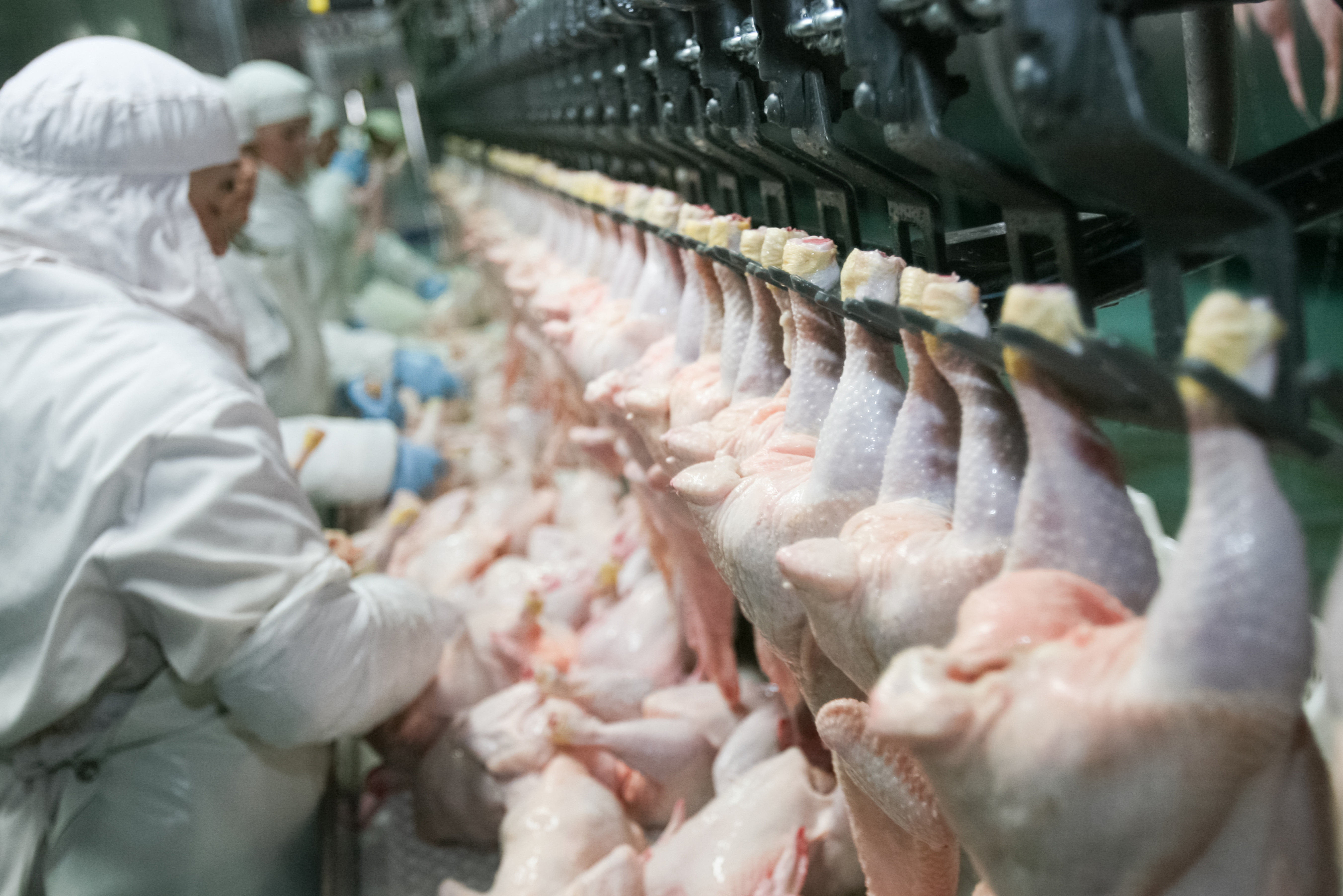The SPLC has urged the Occupational Safety and Health Administration (OSHA) to continue efforts to identify and prevent workplace injuries and not to let employers off the hook for creating dangerous work environments.
A new rule proposed by the agency would roll back requirements for employers to report the details of their workers’ on-the-job injuries. Proponents of the proposed rule claim it would protect workers’ privacy, though workers and their organizations strongly support the reporting requirements.
“This provision will allow dangerous employers to hide workplace injuries and will seriously hinder OSHA’s efforts to identify and prevent workplace injuries,” the SPLC wrote in a Sept. 21 letter. “It is big business that is opposed” to the reporting requirements, according to the letter, “not workers.”
The proposed rule will affect all large employers, from automobile manufacturers to mining companies. If enacted, it would mean even workers in more dangerous sectors would lose access to injury data which could back up their safety concerns.
Those sectors make up large swaths of the economy, with hundreds of thousands of workers: In 2016, injury incidence rates in the agriculture, forestry, fishing and hunting sector stood at 6.1 incidents per every 100 full-time workers, according to the Bureau of Labor Statistics. In the transportation and warehousing sector, the rate was 4.6 incidents per 100 full-time workers. In the arts, entertainment and recreation sector, it was 4.4 incidents per 100 full-time workers.
Among those sectors, certain industries are far more dangerous than others—and their workers could be affected the most by the rule change.
For years, the SPLC has advocated for better injury reporting as a means to protect vulnerable workers in the poultry industry. The organization revealed in 2013 how workers in the poultry processing industry face a high rate of injury thanks to their grueling work, which includes repetitive tasks with dangerous equipment at a rapid pace.
The SPLC interviewed more than 300 Alabama poultry workers for that landmark report, Unsafe at These Speeds: Alabama’s Poultry Industry and its Disposable Workers. Nearly three out of four Alabama poultry workers interviewed described suffering a significant work-related injury or illness, such as debilitating pain in their hands, respiratory problems, cuts, gnarled fingers, and chemical burns.
The poultry industry’s own statistics show that workers are injured at rates almost twice the national average, and suffer illnesses at a rate that is six times as high.
But at poultry plants, if workers speak out about their safety concerns, they may face retaliation from their managers, according to Unsafe at These Speeds.
The federal government has previously admitted there is “systematic underreporting of work-related injuries and illnesses” in the poultry industry. This underreporting could “make it difficult to accurately assess the extent to which poultry workers suffer from work related injuries,” according to a 2014 statement by the U.S. Department of Agriculture.
OSHA’s collection of injury data from employers helps solve that problem. With the injury reports, OSHA can better identify patterns of injuries, their causes, and possibly head off emerging hazards.
The agency’s new proposed rule would do away with this information.
“With this proposal,” the SPLC’s letter reads, “the Administration is siding with big business against worker safety.”



